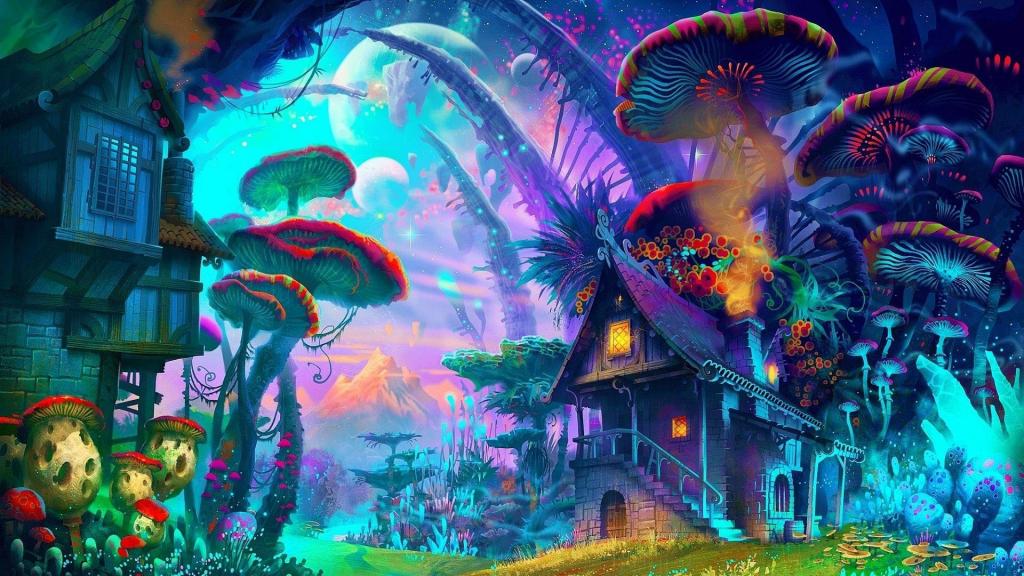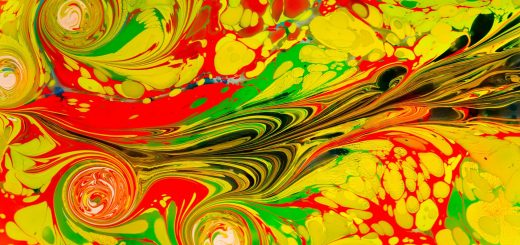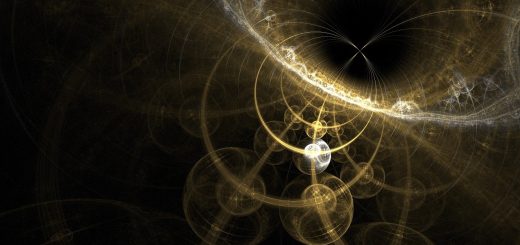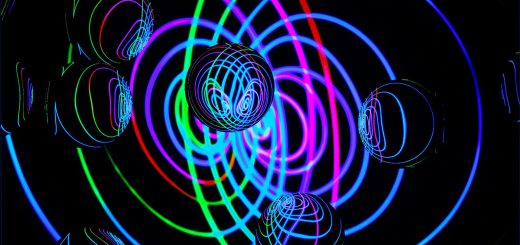Minotaur’s Labyrinth: Spiritual Journey of Inner Conflict

TRANSLATE BUTTON AT THE END OF THE ARTICLE
A Quick Overview
The Minotaur’s Labyrinth is a legendary tale from Greek mythology that tells the story of a half-man, half-bull creature known as the Minotaur, who resided in a complex maze designed by Daedalus, a skilled craftsman.
This labyrinth was constructed in Crete by King Minos to hold the Minotaur captive and prevent it from causing harm to the people of the kingdom.
The hero Theseus eventually ventures into the labyrinth to confront the Minotaur and end its reign of terror, embarking on a spiritual journey of inner conflict and self-discovery.
The Legend of the Minotaur
According to the myth, the Minotaur was the offspring of Pasiphae, the wife of King Minos, and a powerful bull sent by Poseidon as a punishment.
The creature possessed a formidable physique and a monstrous appearance, striking fear into the hearts of all who encountered it.
The Minotaur’s insatiable hunger for human flesh led to the annual sacrifice of Athenian youths who were sent into the labyrinth as offerings to satisfy its appetite.
Exploring the Mythical Labyrinth
The labyrinth itself was a complex and intricate structure with twisting corridors and dead ends, making it nearly impossible for anyone trapped inside to find their way out without assistance.
It symbolized the inner depths of the human psyche, where one’s fears, doubts, and insecurities lurked in the shadows, waiting to be confronted and overcome.
The walls of the labyrinth were said to shift and change, representing the ever-changing nature of one’s emotions and inner turmoil.
Symbolism in the Ancient Tale
The Minotaur’s Labyrinth is often interpreted as a metaphor for the internal struggles and conflicts that individuals face in their journey towards self-discovery and personal growth.
The Minotaur itself symbolizes the darker aspects of human nature, such as anger, aggression, and irrationality, which must be acknowledged and tamed in order to achieve inner peace and harmony.
The hero’s quest to slay the Minotaur represents the courage and determination required to confront one’s inner demons and emerge victorious.
Unraveling the Spiritual Journey
As Theseus navigates the labyrinth in search of the Minotaur, he is forced to confront his own fears and insecurities, facing numerous challenges and obstacles along the way.
This symbolic journey mirrors the trials and tribulations that individuals encounter in their quest for self-awareness and enlightenment, as they struggle to find meaning and purpose amidst the chaos and confusion of life.
By unraveling the mysteries of the labyrinth, Theseus ultimately discovers his true strength and inner resolve.
Inner Conflict and Self-Discovery
The Minotaur’s Labyrinth serves as a powerful allegory for the inner conflict that individuals experience as they grapple with their own inner demons and conflicting emotions.
It represents the struggle between light and darkness, good and evil, order and chaos that exists within each person’s soul.
By confronting these internal contradictions and embracing their shadow side, individuals can embark on a journey of self-discovery and transformation, leading to a greater sense of wholeness and authenticity.
Navigating the Maze of Emotions
Just as Theseus must navigate the twists and turns of the labyrinth to find his way to the Minotaur, individuals must navigate the complex maze of emotions and feelings that shape their inner world.
Emotions such as fear, anger, sadness, and joy can lead to confusion and uncertainty, making it difficult to find clarity and direction in life.
By exploring these emotions with honesty and courage, individuals can gain insight into their true selves and develop a deeper understanding of their desires and motivations.
Facing the Beast Within
Confronting the Minotaur within the labyrinth symbolizes the act of facing one’s fears and insecurities head-on, rather than avoiding or denying them.
The beast represents the shadow aspects of the self that have been repressed or ignored, manifesting as destructive behaviors or negative patterns of thinking.
By acknowledging and accepting these darker aspects of the psyche, individuals can begin the process of healing and transformation, ultimately freeing themselves from the chains of their own inner turmoil.
Confronting Personal Demons
The Minotaur’s Labyrinth challenges individuals to confront their personal demons and confront the aspects of themselves that they may find difficult to accept or acknowledge.
This process of self-examination and introspection can be painful and unsettling, as it forces individuals to confront their deepest fears and insecurities.
However, by bravely facing these inner demons, individuals can begin the journey towards self-empowerment and self-realization, gaining a deeper understanding of themselves and their place in the world.
Finding Strength in Vulnerability
By embracing vulnerability and acknowledging their weaknesses, individuals can find strength and resilience in the face of adversity.
The Minotaur’s Labyrinth teaches us that it is through our struggles and challenges that we grow and evolve, transforming our weaknesses into sources of power and insight.
By embracing our vulnerabilities and learning to accept ourselves as we are, flaws and all, we can cultivate a sense of inner peace and self-acceptance that allows us to navigate life’s difficulties with grace and courage.
Embracing the Shadows
In the depths of the labyrinth, where shadows lurk and fears abound, individuals can find hidden truths and insights that can lead to profound transformation and growth.
By embracing the shadows within ourselves, we can uncover hidden strengths and potentials that have long been obscured by self-doubt and insecurity.
The Minotaur’s Labyrinth challenges us to explore the darkest corners of our psyche and confront the aspects of ourselves that we may fear or resist, ultimately leading to a greater sense of self-awareness and authenticity.
Seeking Clarity in Chaos
The labyrinthine nature of the Minotaur’s Labyrinth reflects the chaotic and unpredictable nature of life, where twists and turns can lead us astray and obstacles can block our path.
In the midst of confusion and uncertainty, individuals must seek clarity and direction by listening to their inner voice and following their intuition.
By trusting in their instincts and embracing the journey of self-discovery, individuals can find the strength and resilience to navigate the challenges of life with courage and determination.
Emerging Victorious: A New Beginning
As Theseus emerges from the labyrinth victorious, having slain the Minotaur and overcome his inner conflicts, he symbolizes the triumph of the human spirit over adversity and darkness.
The hero’s journey through the labyrinth represents the transformative power of self-discovery and inner growth, as he emerges stronger and more self-aware than before.
By confronting their own inner demons and embracing their shadows, individuals can embark on a new beginning filled with hope, purpose, and meaning, ready to face whatever challenges life may bring with courage and grace.
Conclusion
The Minotaur’s Labyrinth is not just a mythological tale of heroism and adventure, but a profound allegory for the spiritual journey of inner conflict and self-discovery that each individual must undertake in their quest for personal growth and enlightenment.
By confronting their own inner demons, embracing their vulnerabilities, and seeking clarity in the midst of chaos, individuals can emerge victorious from the labyrinth of their own minds, ready to face the challenges of life with courage, resilience, and authenticity.
Just as Theseus conquered the Minotaur and emerged transformed, so too can we overcome our own inner struggles and emerge stronger, wiser, and more whole than before.

The Enlightenment Journey is a remarkable collection of writings authored by a distinguished group of experts in the fields of spirituality, new age, and esoteric knowledge.
This anthology features a diverse assembly of well-experienced authors who bring their profound insights and credible perspectives to the forefront.
Each contributor possesses a wealth of knowledge and wisdom, making them authorities in their respective domains.
Together, they offer readers a transformative journey into the realms of spiritual growth, self-discovery, and esoteric enlightenment.
The Enlightenment Journey is a testament to the collective expertise of these luminaries, providing readers with a rich tapestry of ideas and information to illuminate their spiritual path.
Our Diverse Expertise 🌟
While our primary focus is on spirituality and esotericism, we are equally passionate about exploring a wide range of other topics and niches 🌍📚. Our experienced team is dedicated to delivering high-quality, informative content across various subjects ✨.
To ensure we provide the most accurate and valuable insights, we collaborate with trusted experts in their respective domains 🧑🏫👩🏫. This allows us to offer well-rounded perspectives and knowledge to our readers.
Our blog originally focused on spirituality and metaphysics, but we’ve since expanded to cover a wide range of niches. Don’t worry—we continue to publish a lot of articles on spirituality! Frequently visit our blog to explore our diverse content and stay tuned for more insightful reads.



















